TAM TAM and vehicles at its base
History This car began in the distant 70-ies, more precisely at the very beginning. This car for Argentina developed the famous German tank company Thyssen-Henschel. The task indicated that the mass of the machine should not exceed 30 tons and it should be armed with a 105 mm rifled gun installed at the time at the Western MBT. By the middle of 70-x development has been completed, and in 1976, it began mass production. Originally planned to make for the army of Argentina, the entire 350 machines.
the design of this machine is easily visible German features, though not tanks, and the features of the German BMP Marder 1. I want to note the very advanced design of the machine, its engine is located in front, which enhances the protection of the crew. In addition, the frontal armor of the machine confidently protects it from small-caliber cannon fire up to 40 mm caliber. On the other hand, the tank has only bulletproof armor.
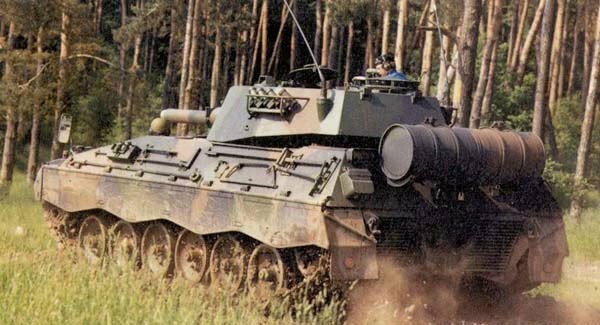
As I wrote above, the tank is equipped with a 105 mm German rifled gun L7A2 with ammunition in 50 shots, 20 of them are located in the turret, and the rest are inside the hull. Additional armament consists of two 7,62 mm machine guns. One of them is paired with a gun, and the other is on top of the tower and can perform the function of anti-aircraft weapons.
The engine of this tank is also German - diesel engine MTU MB-883 Ka500 with HP 720 power. With this motor, a tank can reach a maximum speed of 75 km / h. The crew of the tank 4 man.
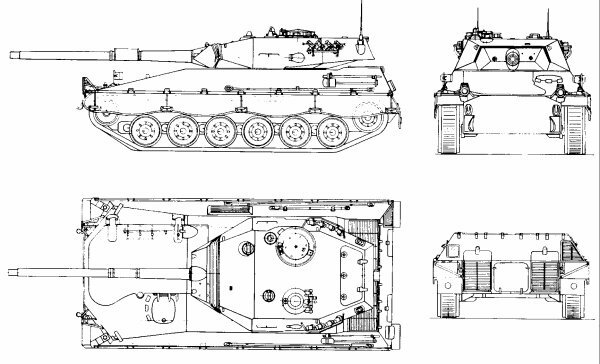
When I wrote that the car anticipated the modern concept of tanks, I meant that according to modern views, a whole family of combat vehicles for various purposes must be made on the basis of each tank. These requirements were fully implemented on the TAM tank, and several different machines were created at its base.
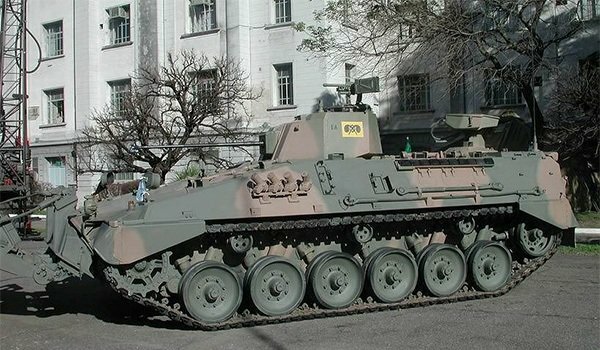
So, perhaps the most massive and important of them is the BMP. She called VCTP.
Differences from her tank are pretty serious. She made a troop compartment, which is free to fit up to 10 troopers. The entrance and exit to it is carried out through a ramp in the rear of the car. In addition, there are also hatches through which, if necessary, the landing can almost instantly leave the car. An important fact is that along the perimeter of the entire troop compartment there are loopholes for shooting infantrymen from personal weapons.
Naturally, the armament of this machine has completely changed. Instead of the 105 mm gun, the 20 mm gunner from Oerlikon is installed on it. It is located in a specially designed tower. On top of the tower, as on the tank, is 7,62 mm anti-aircraft machine gun. The crew of the BMP, of course, decreased in comparison with the tank, and is only two people. The rest of the car is similar to its donor.
By the way, already on the basis of the BMP, a machine was created armed with 120 mm mortar. It was installed in the troop compartment. Naturally, this vehicle does not carry any troops, and its crew is 5 people.
On the basis of the TAM tank, the 155 mm SAU, the VCA (de guate des Combate Artilleria), was also developed. It has been produced since the beginning of the 90's. It took more serious alterations. First, the base had to be increased, and the car had an additional skating rink. The tower, along with the cannon of the Italian firm Otra Melara, is installed on this chassis.
More dwell on the armament of self-propelled guns. The 155 mm howitzer L39 is equipped with an automatic loader, and uses a huge arsenal of NATO ammunition created in Europe for this artillery system. This gun has a maximum range of 30 km, and has ammunition in 30 shots.
The average armament of the system consists of a single anti-aircraft machine gun, but in addition to the well-known 7,62 mm, this machine can also be equipped with a heavier machine gun with the 12,7 mm caliber.
As the mass of the car increased and the engine remained the same, then its maximum speed naturally decreased a bit - to 70 km / h. The crew of the car is 5 people.
And the last, most advanced and complex system created on the basis of this machine is the salvo fire system - VCLC (Automobile de Combate Lanza Cohetes). This system was developed in Argentina with the assistance of Israel. Unfortunately, only a small number of them were produced due to financial problems in Argentina.
VCLC has a modular design, and was developed in two versions to fire 160-mm and 350-mm missiles.
VCLC is equipped with an Israeli modular missile launch system - LAR-160. She was tested in 1986 year. The 160-mm missile firing system uses two 18 rocket containers. These containers are immediately made fully equipped at the factory. After launching all the missiles, the containers are removed using a crane and replaced with new ones. A full recharge takes up to 10 minutes. The system for shooting 350 mm missiles equipped with double-barrel containers. The principle of their work is the same as that of the previous system. 350 mm missiles have a weight of one ton and shoot at a distance of up to 95 km. As a weapon for self-defense and air defense on the machine there is a 7,62 mm machine gun.
Otherwise, the car is similar to a tank and has a crew of three people.
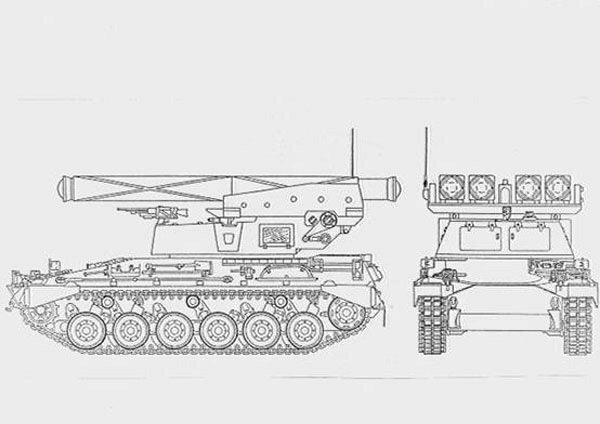
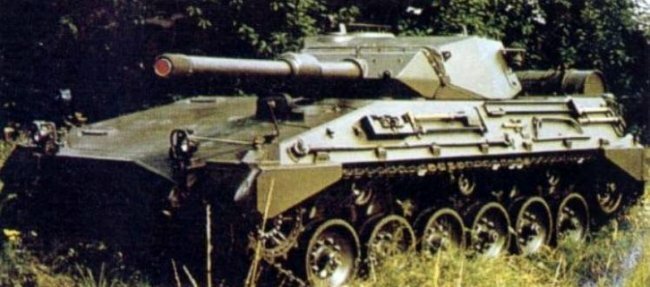
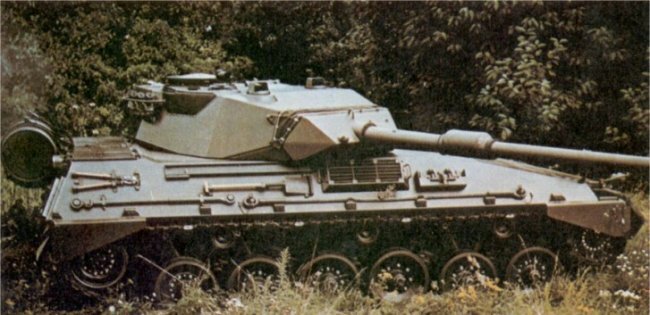
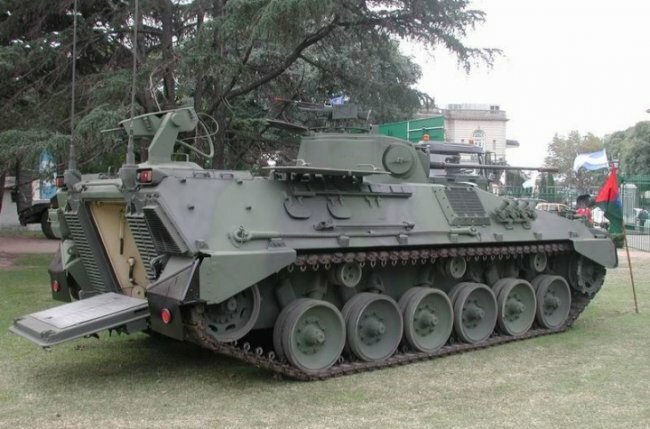
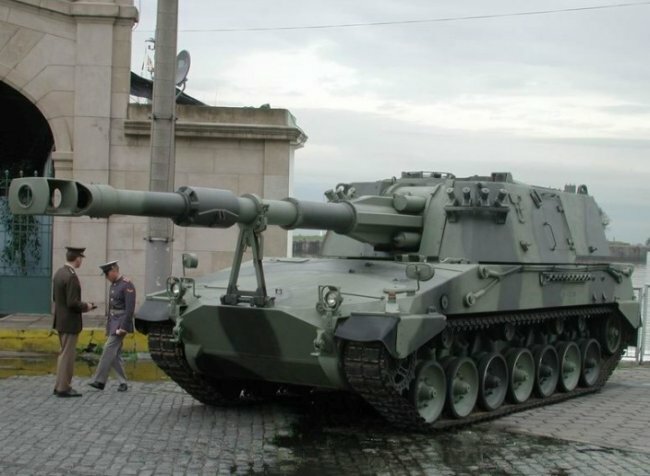
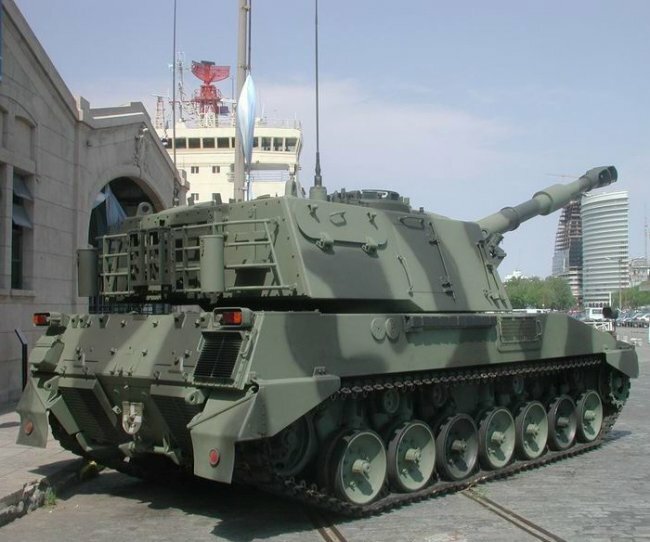
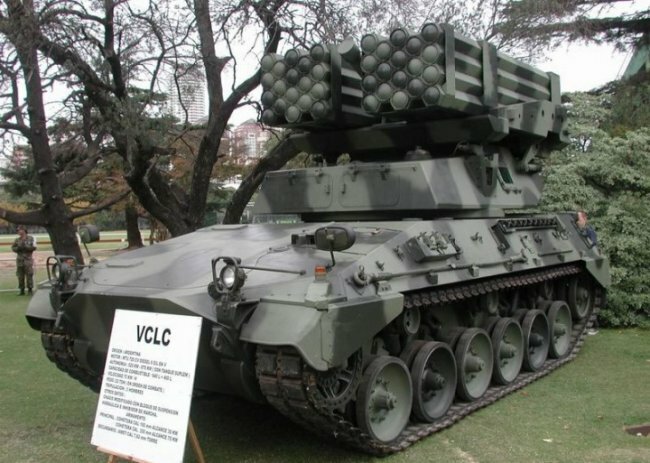
Information